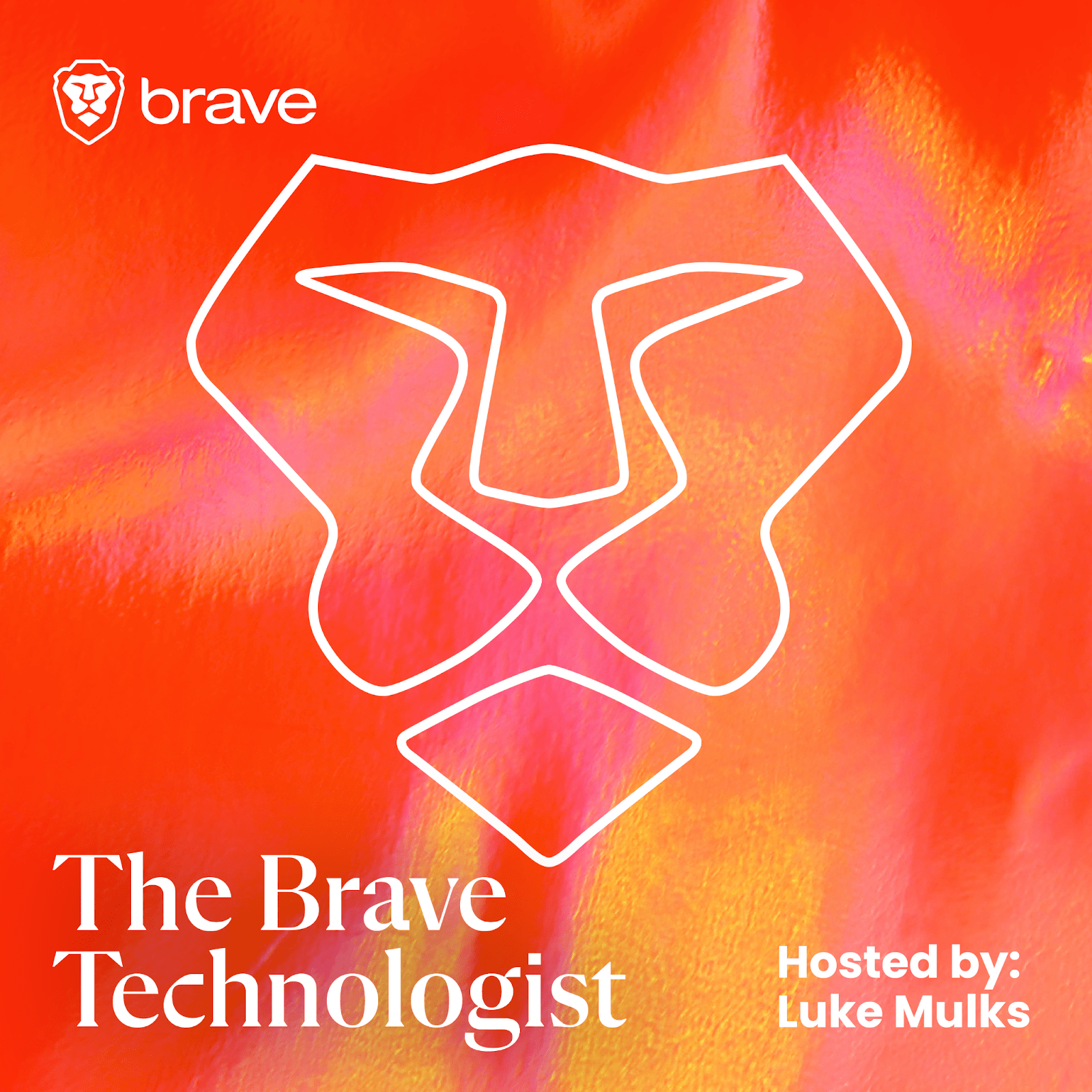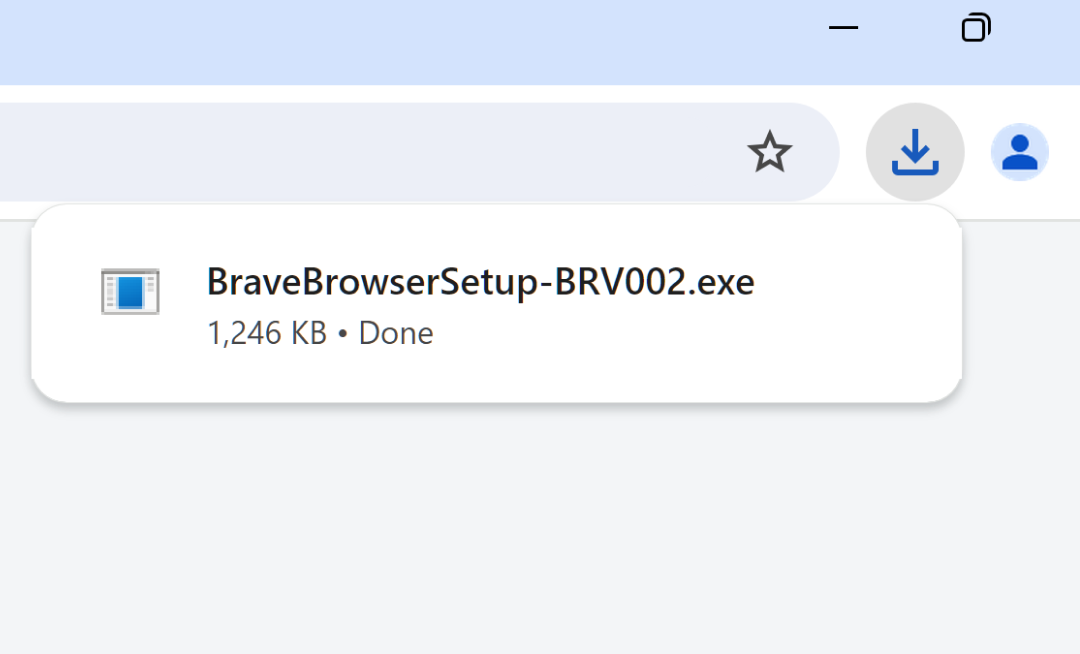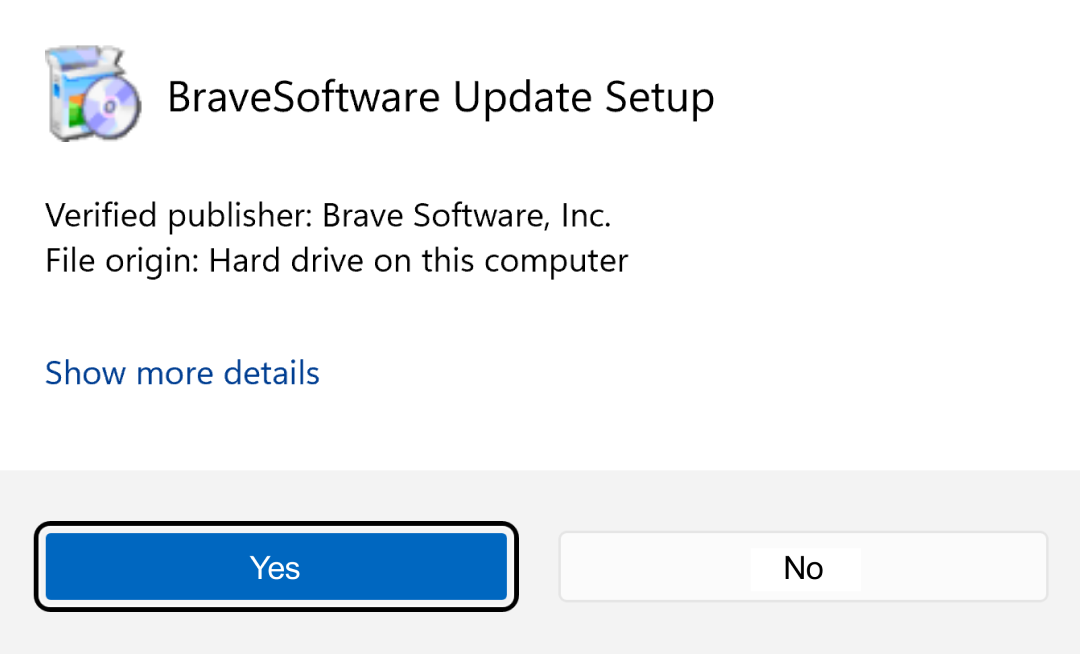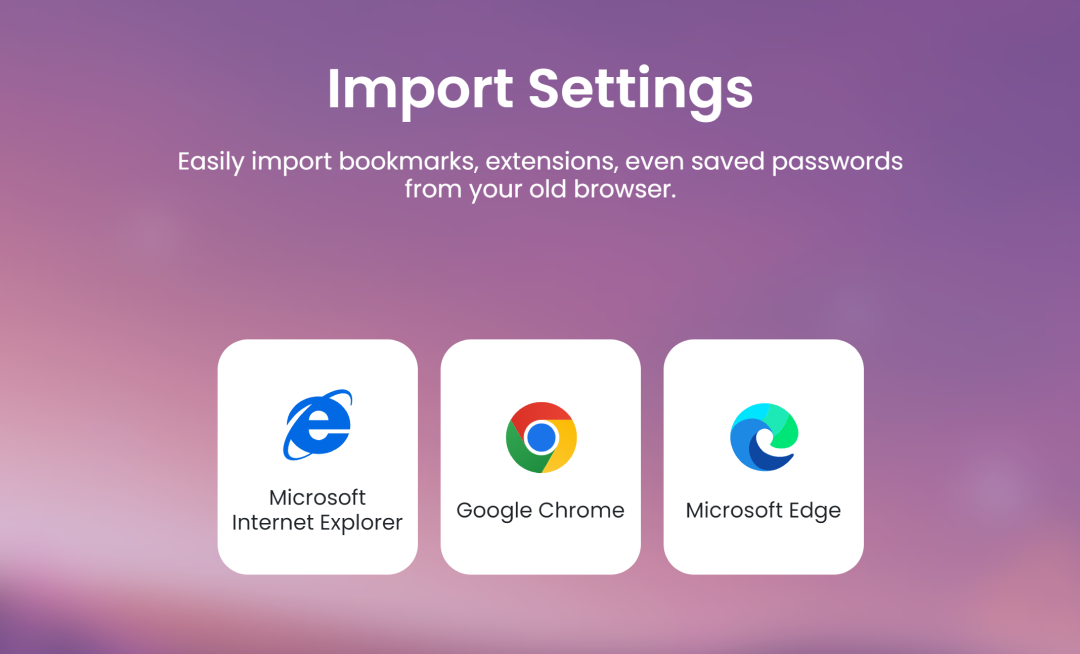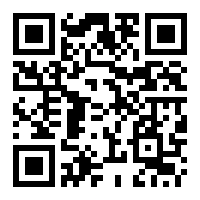LIVE from Rare Evo: How Citi is Bridging The Gap Between Web2 and Web3
[00:00:00]
Luke: you’re listening to a new episode of The Brave Technologist, and this is another one we recorded live at the Rare Evo Summit in Las Vegas. We got to sit down with some amazing speakers in the Web3 Space, who you’ve already met in previous episodes, but today you’ll get to learn more from Ryan Rug, who is the global head of digital assets for Citibank’s treasury and Trade Solutions.
Luke: She recently led the launch of Citi Token Services, a blockchain based solution enabling 24 7 liquidity transfers and integrating tech tokenized deposits and other smart contracts into city’s global network. In this episode, we discussed bridging the gap between web two and Web3. From Citi’s perspective, the future potential of digital assets and blockchain technology,along with the importance of regulatory compliance and collaboration with regulators to ensure safe and sound innovation.
Luke: Now for this week’s episode of the Brave Technologist.
Luke: Ryan, welcome to The Brave Technologist. How are you doing today?
Ryan: Great. Thanks for having me.
Luke: Excellent. Yeah. We’re here at Ray Evo, and today you’re speaking on bridging the gap between web two and [00:01:00] Web3.
Luke: From Citi’s perspective what does that bridge look like and where are we at in that journey?
Ryan: Yeah, it’s a, it’s a great question. I’ve actually been trying to bridge that gap for the last decade of, throughout my career. Like I think about how I started out at a bank in technology, and then I went to a.
Ryan: FinTech startup where we were building our own protocol then to a large global system integrator and now at Citi. And you know, through that history we always had to go back to Tradify rails to settle, right? If you think about, you know, from tokens to moving money from your wallet back to fiat and there was always that traditional, cutoff hours, banking lags.
Ryan: So, when Citi approached me for this role. Really being able to think about what cities like network looks like. We’re in 90 plus countries, we saw 85% of the L largest Fortune 500 are our clients. But really focus on that cash piece and removing the friction in the system. So that’s what, you know, the last couple years we’ve been building is like a tokenized solution to cut to have 24 7, 365, always.
Ryan: Payment liquidity.
Luke: Awesome, awesome. No, that it certainly challenges to kind [00:02:00] of like always on versus banking hours and all that. in bridging web two and Web3 how do you ensure that user experience improves rather than, you know, gets more complicated?
Ryan: User experience is so important. Yeah. Like if we think about like history and like innovative technologies that were hard to use, so think of the smartphone and blackberries, right?
Ryan: Like, you know, it was very clunky, difficult to understand, like you didn’t really see that much adoption. Mm-hmm. It was mainly in the businesses. And then 2007, eight. When the iPhone came out with the App Store, you saw the proliferation of this technology really grow because it was the user experience, right?
Ryan: Really easy to use. Mm-hmm. And like taking that into this space also. Mm-hmm. So with City Token Service, we have completely obfuscated all the complexity of a blockchain. You either log on via API or UI Citi Direct to be able to use it and City Token Service is just a dropdown. Mm. So clients don’t host that, have to host wallets, they don’t have to manage their own keys.
Ryan: Like really making it easier just to use the technology and just the actual functionality of it versus having to [00:03:00] understand it and manage in the kind of like the wallets and the keys, which is, is difficult for a lot of enterprises at this point.
Luke: It seems like it makes sense too, ‘cause banks had to kind of get early to like getting users into that whole digital account system, right?
Luke: and so, as opposed to liketrying to get somebody to onboard into crypto where you’re, okay, here’s your, seed phrase and all that nonsense, but you guys have kind of a head start, right? it’s more about kind of integrating the technology on the back end. It’s
Ryan: fully integrated. Awesome.
Ryan: It’s fully integrated and clients don’t even need to. Open a new account. Oh, nice. Like we can just enable it in the background. Mm-hmm. And then for them to be able to move money across borders.
Luke: Awesome. Awesome. What do you think that, if anything, traditional finance institutions can learn from Web3 native projects?
Luke: And vice versa?
Ryan: I think there’s a lot to learn between both actually. Mm-hmm. And, you know, I kind of have been on both sides of the table. it’s not just the technology, it’s also cultural mindset, you know, collaboration, how we innovate. so everything is like, we have daily standups.
Luke: Mm,
Ryan: every day with tech, product, legal, compliance, regulatory, I mean, to understand like what [00:04:00] we’re building, what’s in our next sprint, what we’re releasing, what are the challenges, and like that’s kind of a page from the startup that when I was there, right, to be able to like really drive innovation at.
Ryan: Also like being extremely client centric. everything we do. We launched an early adopter program with City Token Service, where not only are they users of the platform, they’re also helping our roadmap. Nice. You know, what branches should we add next? What currency should we add next?
Ryan: Which functionality should we, so I think that a lot could be learned from both sides. And then also I think from like the banking side, like the governance and the standards and the policies and like that we have in place. I don’t think I fully appreciated it until I came into the seat.
Ryan: You know, when I was at IBM, we were advising a bunch of exchanges, as you can imagine. And you know, we had one that had taken in $35 billion that year. Mm-hmm. And they had issued an RFP to rewrite their core banking system because their current platform wasn’t really crypto native and it wasn’t scaling.
Ryan: So they walked through kind of what, they had put in place and, you know, the risk measures and all that. [00:05:00] They had massive backlogs of transactions. Mm. Like the reporting, I mean, everything that you know. Yeah. Now is like table stakes for us at Citi. Mm-hmm. I think can be help kind of that safety and soundness that is needed and also scalability for like, enterprises to enter into the space.
Ryan: So I think there can be a lot learned on both sides.
Luke: That’s awesome. Yeah. it’s cool to hear too that the standups and, and just having those feedback loops ‘cause it’s like super important with market. It needs to be market, it needs be like if you’re
Ryan: gonna try to be in like agile, right?
Ryan: Yeah. That’s another thing. To be agile, you need that daily touch point. You need to be able to know. What is the roadblock that we have and have the team, like, you know, it’s my job to remove those roadblocks for the team.
Luke: and you mentioned city token services, can you walk us through the strategy and, and kind of a little bit more about city token services and how that’s transforming things from your side?
Ryan: Yeah, so I joined Citi uh, three years ago. Mm-hmm. And you know, when I joined, Citi was participating in a lot of networks, like in regards to regulated liability network. A lot of these different initiatives. But we couldn’t, if you, we couldn’t move a token around the four walls of our [00:06:00] institution, so how are you going to join a network?
Ryan: we believe that the future of networks is borderless. Mm-hmm. It’s always on, it’s 24 7, 365. It’s multi-asset multicurrency, multi border. But how do you build those foundational pieces to kind of get. To that. Mm-hmm. And that’s what we’ve been focused on the last couple years is building out City token Service.
Ryan: And what it is, is it’s a, we’re live in four branches right now. Oh, cool. We targeted our largest money hubs, so we’re, it’s us, Singapore, Hong Kong, and uk.
Luke: Oh, nice.
Ryan: So, and then we’re adding additional currencies and branches in the near future, but to be able to move a token around, so weekends, holidays, there’s no, there’s no cutoffs for this platform now, and it’s really enabling clients.
Ryan: If you think about the speed of money and the speed of e-commerce, like they don’t necessarily match, right? How do we get more into that? And this was that kind of foundational piece to be able to move an ERC 20 token mm-hmm. Around our four walls as we start to look at what does the future of networks look like and connecting externally with others.
Luke: Awesome. No, that’s great. it sounds like a, a lot of, like, I, [00:07:00] it’s just, it’s cool to hear too, I mean, like, we don’t talk to people from institutions very often and like, it’s always kind of being on the edge of it, on the open source side and kind of seeing just like how that pace is so fast, but how so much of this is kind of crossing over into this new, well not it’s familiar world, but like new technology kind of in that familiar world.
Luke: How have clients responded to the solution? Like, are any clients using it so far? is it kind of like, in the regular tech space where you like early adopting clients that are kind of super interested in doing this or Yeah.
Ryan: Yeah. So it’s actually been great.
Ryan: So we just went live in September. Oh, cool. So we’re relatively, you know, new platform and we have dozens of clients on, and now we’re processing billions. Wow. So it’s like. But to put things in perspective, in city terms, we move $5 trillion a day. Right. So it’s still Right, right. It’s still small. Yeah. It’s still, it’s still new.
Luke: Yeah.
Ryan: But we are seeing more and more adoption and like kind of our thesis statement that we started with was like, clients wanted, you know, 24 7 always on liquidity and payments. But we’re seeing that with this early adopter program, clients like cap markets. Here’s a great example is during Chinese New Year, you know, Singapore branch [00:08:00] was closed.
Ryan: But they wanted to buy us equities and had margin calls. So typically what large corporates do is they’ll forecast to have the money and like the market ahead of time. Mm-hmm. Well, in this case, they didn’t have to. Right. They could fund it just in time. Nice. Because it takes under a minute to actually settle the funds.
Ryan: We’ve also seen large e-commerce platforms that have, a US presence, but also have like, you know, suppliers in Asia instead of doing batch settlement at the end of the day, sending back. Individual, supplier the money individually. So payments as small as a thousand, as large as multimillion, but real time 24 7, 365.
Ryan: So think about the supply chain and just being able to shorten that whole entire cycle.
Luke: Oh,
Ryan: it’s awesome. Yeah. Yeah. So it’s, it’s been really interesting to kind of see how the platform is evolving. Mm-hmm. Also, you know, from where we kind of thought about, you know, just payment liquidities, but it’s, it’s cap markets now.
Ryan: And so I think that it’ll continue to grow, but I think that, you know, we’re still early in the journey. Yeah.
Luke: Yeah. The
Ryan: reality is. Even though we’ve obfuscated the complexity of a blockchain just [00:09:00] through API, a lot of clients aren’t ready for real time yet.
Luke: Yeah, yeah. Interesting. Take,
Ryan: tokens out of that because their treasury management and ERP systems mm-hmm.
Ryan: You know, have end of day reports. Oh, they don’t. I see. They don’t report real time. Yeah, yeah, yeah. So until that kind of like, even though our side. You just log on. Yeah. But you still need to kind of have that time management, that time change, that shift.
Luke: Yeah, yeah, yeah. Overall
Ryan: to have true adoption.
Luke: Oh, that’s interesting.
Luke: That’s really interesting. and how do you kind of strike a balance between how quickly the blockchain space innovates and moves and then kind of, you know, dealing with things like regulatory compliance, but also, you know, even more simply just. There’s a lot happening all the time in this space, right?
Luke: Like, and things become really hot. One minute and then cold one minute. Are there like core technologies that your teams are focusing on that, you know, you think will stick around the long term or, how do you guys balance that?
Ryan: Yeah, it’s a great question. You know, talking about the regulatory changes and, you know, we are extremely active with outreaching to all of our regulators, not just waiting for them to kind of come in [00:10:00] and do reviews or exams.
Ryan: Mm-hmm. Sharing the design, the scalability, the technology that we’re using, really helping, you know, to understand what we’re building and why we’re building it, and also the safety that we’ve kind of putting around it, like safety and soundness and the governance is like on the forefront of our minds at all times.
Ryan: Mm-hmm. And like, this is a new space. Right? Right. So we wanna make sure. Yeah. And then from a technology standpoint, you know, we’ve been on a private permission version of Ethereum. Oh cool. And like, ‘cause we always believed in that path to public and you know, we’ve kind of been in that permissioned network with like the regulated liability as well as others.
Ryan: But, you know, we think that it’s important, like. No one wants just a Citi token or another bank token. You have to have that interoperability. So leaving that open, like making sure that we have from a design decisions that we make now don’t prevent us from having that in the future.
Luke: No, that’s awesome. No, that’s great.
Luke: Yeah, it seems like these tools really kind of unlock a whole. A whole, like besides the culture, just like this ability to have something verifiable right, right there. Absolutely. And like, you know, [00:11:00] help to shorten issues to prevent things from happening, et cetera. From your point of view, what does responsible innovation look like at Citi when, you know, working with emerging tech like tokenization?
Ryan: Yeah, so we have had enhanced due diligence on this, as you can imagine. So all our traditional new activity, activity, risk management. We’ve enhanced that with around digital assets. Mm-hmm. We have additional risk management review groups. We have additional, you know, legal teams like that. Review this to make sure that, you know, that safety and soundness and scalability and clients are like at the forefront of what we do.
Ryan: So really focus on that responsible innovation and making sure that everything that we do, we do in tandem with our regulators, also with our legislators. Like we spend a lot of time down in DC recently with these new bills coming out to make sure that they understand, we wanna act. We wanna participate in this ecosystem, but we have to do it in a safe and sound way.
Ryan: There’s a reason we’ve been around for 200 years. Right, right. And like, you know, we think that what we’ve learned from like the past in the tradify world, we can bring over to this, you know, this [00:12:00] new space
Luke: Well, and there’s people trust banks, right? and despite all the trust in the blockchain culture, like you’ve still gotta deal with.
Luke: Different elements of this and different regulation and all that. What’s your feeling? How has it been this past year working with regulators? Is there, have you seen a noticeable change in, in how relations have been going with the regulator? or lawmakers or is there more of an openness to this?
Luke: I mean, for a while we were just like very careful with like how we approached everything. But it seems like it’s kind of like a different environment now. Like what’s your take on that?
Ryan: Yeah. With this new administration, it’s definitely a different environment. Mm-hmm. You saw, you know. SAB 1 21. You’ve seen 1179.
Ryan: You’ve seen a lot of like these, like, you know, being rescinded. Mm-hmm. But I actually haven’t changed our approach and our outreach to the regulators. Like I think that learning from, you know, when I worked at I-B-M-I-B-M had acquired Promontory in 2016, which is. Ludwig’s organization really focused on regulatory compliance for large enterprises.
Ryan: Mm-hmm. And I learned a massive amount when I was at IBM from that team there about how to engage with the [00:13:00] regulators, you know, frequently and often, especially in spaces that are nuanced and new like this, like this technology.
Luke: Yeah. And your background’s super interesting. So you, you’ve been at IBM, you’re at Citi now. Like, you know, what advice would you give to emerging leaders navigating this intersection of like kind of legacy finance and emerging tech?
Ryan: I think I have a new appreciation for coming into the sea and I think about like, my career starting out at R three a FinTech where, you know, it was the wild, wild west. Right. You know, there we were kind of making up the rules as we went along. Right. Yeah, yeah. You know, it’s, I joke, it’s like driving in an Audubon, like changing your tire at the same time, you know, where, you know, it was like super fast.
Ryan: Where then coming into IBM and understanding how these enterprises actually implement this technology and scale it and the frameworks and the, that need to be in place. Then, thinking to the seat I am now, like I had advised companies, I had never actually been internal and actually like stood up and like Citi was really interesting to me because, they’re in 90 plus countries.
Ryan: They have the rails, they have the regulatory approvals because that’s where we struggle. Yeah, [00:14:00] that’s where we struggled. Like, you know, getting all the licensing and getting that, it was never, it wasn’t never the tech, but a lot of it was usually like the legal, compliance, regulatory, yeah. Around it to truly stand up and scale to now coming here and working in tandem with our regulators in each of the region.
Ryan: So take city, you know, city token service. Every branch market we’ve rolled out in, we’ve engaged actively with the regulators in that space. Right. Explaining the technology, explaining how we could scale, explaining like what it is. And I think that is extremely important. Mm-hmm. Like to have that, you know, openness and collaboration in this space because everybody’s learning right now.
Ryan: Yeah.
Luke: Yeah. And, and a lot of the time, you know, the regulators are kind of coming from a place of not really knowing exactly how the nuts and bolts of this work or how it. You know, here, here we know about the concept, but how is this actually gonna work in real life? Like that kind of stuff too. what role do you see traditional finance, financial institutions playing in accelerating mainstream digital asset adoption?
Ryan: Yeah, I actually think that, you know, this is kind of reminiscent of me to like the early two thousands when you saw like these PIs of, kind of [00:15:00] emerge that, originally were gonna put the banks out of business, right? Mm-hmm. Oh, but actually they run on our rails, right? Like they still, they still run on our rails.
Ryan: Yeah. So I think that this is just a new set of rails. Mm-hmm. That can be multi-asset multicurrency. You know, always on. Mm-hmm. That we have a lot of potential to service, from, traditional services like DDA accounts, you know, banks to custody to on, off ramps. I think there’s a lot of opportunity for us to, you know, complement the industry and actually help it scale.
Ryan: Mm-hmm. As well as I think there’s still a gap in the market between the fiat world and, you know, the token world, that it’s still. You still have to go back to Tradify Rails and it’s still slow to settle, to go back where City Token Service has that instant ability to move money globally now. Nice. So being able to bring that mm-hmm.
Ryan: To the world. Also to compliment them and what they’re doing to help scale as well as, as I mentioned, like often scaling that complexity for the large enterprises. So having enterprises be able to work with the kind of defi world, but like transparently. Where it’s through their traditional kind of systems that they use.
Ryan: So it wouldn’t be, you know, [00:16:00] complex.
Luke: And with a lot of this, you mentioned 90 countries, right? That you all are supporting. I mean there’s like over, over a hundred and plus, you know, probably a hundred plus to other countries out there. Like is a lot of what you’re seeing in this new world of like tokenization, do you see that as opening up more markets for Citi over time or, more exposure to more people in the globe with this technology?
Luke: Or is it. still kind of, are there still limitations there in the near term?
Ryan: Well, I think, yes, I think it could open ‘cause right. The public nature of the chain and having, you know, global access. But individual countries have regulatory reporting, compliance, money leaving the country. Like, that’s not gonna change for us.
Ryan: Yeah, yeah, yeah. You know, so I think that it’s really gonna depend on. How legislation kind of shapes up globally within these individual countries, you know, to allow us to be able to access those markets.
Luke: Awesome. No, that’s great. As we look ahead, are, what are some real world use cases that excite you in, the next evolution of city’s digital asset strategy?
Ryan: Yeah. You know, as I mentioned, we started with payments and liquidity. We’ve seen cap markets kind of [00:17:00] come onto now with having multi-asset be able to be on the same ledger. So cash and assets settling instantaneously is really interesting to me. It always currency adding additional currencies and the FX on it, like, you know, all hours.
Ryan: So I think that. Payment liquidity still is the killer use case. If we think back to like, you know, Satoshi’s paper in 2009. Right, right, right. Like, what, what was he solving for? I think that we’re having that aha moment for blockchain. Mm-hmm. Like it’s finally found that killer use case, and it, it has multiple different, you know, iterations.
Ryan: If it’s stable coins, if it’s tokenized deposits, if it’s crypto, if it’s, you know, there’s various versions of it, but that. Always on infrastructure 24 7 multi-asset multicurrency is really exciting. Yeah. And it’s gonna change the way that financial services operates.
Luke: That’s awesome. No, I, I, I love hearing about this.
Luke: I love to see what you’re doing. I appreciate you making the time for this. Is there anything we didn’t cover that you think our audience might want to know about with what Citi’s doing or anything? No. No. I appreciate
Ryan: the time. This was great. Thank you. Yeah. This
Luke: is great. Yeah. Thank you so much.
Luke: Thank you. Alright.
Luke: Thanks for [00:18:00] listening to the Brave Technologist Podcast.
Luke: To never miss an episode, make sure you hit follow in your podcast app. If you haven’t already made the switch to the Brave Browser, you can download it for free today@brave.com and start using Brave Search, which enables you to search the web privately. Brave also shields you from the ads trackers and other creepy stuff following you across the web.


